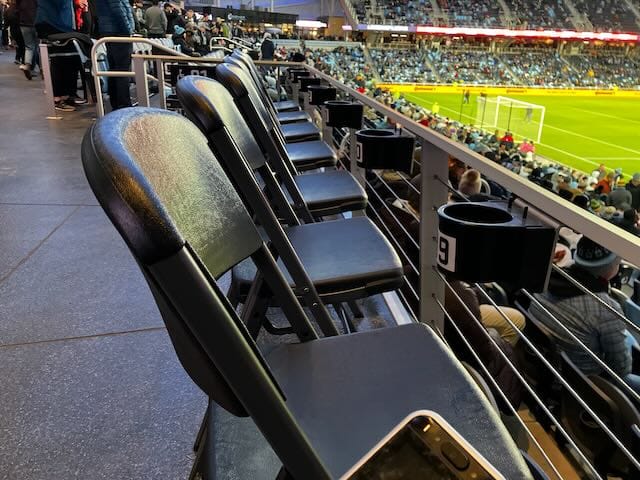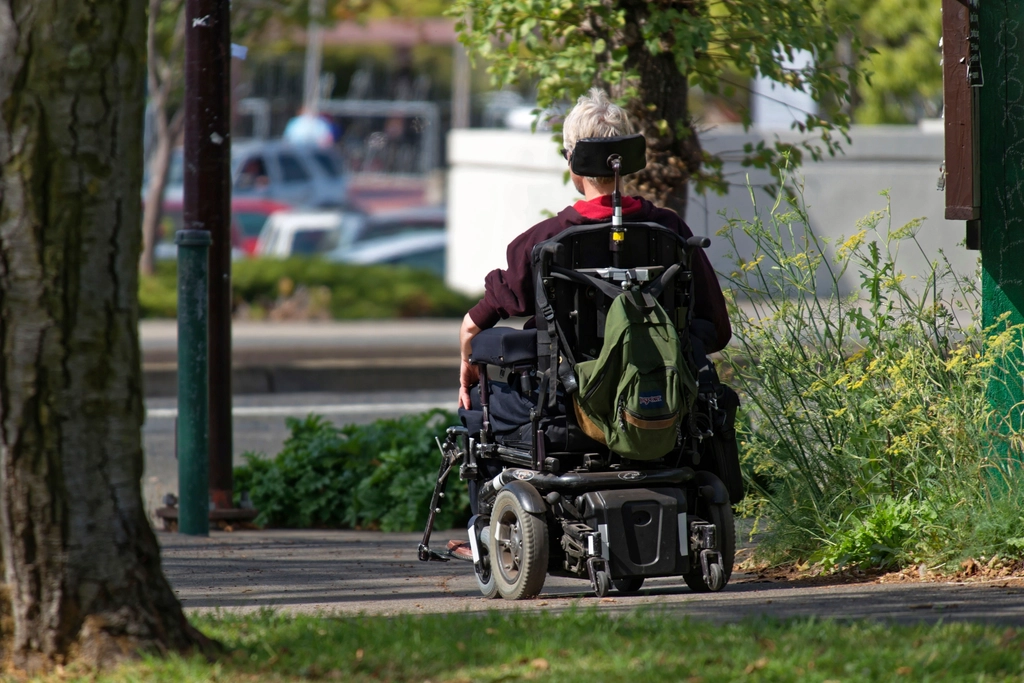Growing Up Disabled in a World Obsessed with Cute
When I was a kid, people thought I was adorable. I had chubby cheeks, a bright smile, and Cerebral Palsy.
That last part, my disability, somehow made me even more “inspiring” in the eyes of strangers. I was the kind of kid who showed up in brochures for community events. I got extra attention from teachers and therapists. I drew “Aww”s and “God bless him”s at the grocery store.

Disabled kids are cute. Society loves a feel-good story, especially one that comes in a pint-sized package with leg braces and a cheeky grin.
But here’s the thing: I grew up.
And when I did, the attention disappeared.
I’m 41 now. Still disabled. Still Cerebral Palsy. Still me. But somewhere along the way, I stopped being cute. And in the eyes of the world, I stopped being seen.

The “Cute Factor” and Conditional Compassion
We follow a cultural script with disabled kids. We shower them with support, attention, and affection. This continues as long as they remain children. The moment they grow into adulthood, that same compassion starts to dry up. Public programs disappear. Services shrink. Opportunities narrow. Even social attitudes shift from admiration to discomfort, from celebration to suspicion.
As a child, I had access to therapies, educational supports, and community resources. There were coordinated efforts to help me grow, thrive, and participate. But as I got older, it felt like the message became: Well, good luck now you are on your own.
I went from being someone people wanted to help… to someone people tried not to make eye contact with.
The Adult Disability Cliff
This isn’t just my story. This situation is a systemic reality known in advocacy circles as the services cliff. The support sharply drops off when a disabled person ages out of pediatric care. It also decreases when they leave school-based programs or children’s nonprofit funding.
We don’t talk about this enough. Adults with disabilities face higher rates of poverty, unemployment, isolation, and inadequate healthcare. But we rarely make the news unless we’re breaking Paralympic records or fighting for survival in a viral video.
Why? Because disabled adults don’t make people feel warm and fuzzy in the same way disabled kids do. We complicate the narrative. We ask harder questions. We don’t fit into feel-good stories with easy endings.
Kids vs. Adults
| As a Child with a Disability | As an Adult with a Disability |
|---|---|
| School-based physical, occupational, and speech therapy | Therapy often not covered or comes with strict insurance limitations |
| Individualized Education Plans (IEPs) with legal accountability | No IEPs for college or jobs—just ADA “reasonable accommodations” |
| Access to special education teachers and support staff | Limited access to job coaches; shrinking supported employment resources |
| Pediatricians and specialist trained in children with disabilities | Fewer adult physicians familiar with complex disability care |
| Early intervention programs (birth–age 3) | Virtually no equivalent early adult transition support |
| Summer camps, social groups, and extracurricular inclusion programs | Social isolation is common; few adult-focused adaptive recreation spaces |
| Case managers to help coordinate services | Adults often navigate a confusing system alone |
| Parent advocates built into the system | Adults are expected to self-advocate |
| Medicaid waivers often easier to access for minors | Adult services require complex eligibility and waitlists |
| Positive visibility in media and fundraisers | Adults rarely portrayed unless overcoming “against all odds” |
The shift is more than inconvenient; it’s structural. We build systems around disabled children to help them grow. Then we tear those systems down just when adulthood starts demanding more from us: jobs, independence, healthcare navigation, stable housing.
The message? “You’re on your own now.”
From Three Times a Week to Barely At All
When I was a kid, I went to physical therapy three times a week.
I’ll be honest—I wasn’t a huge fan of it at the time. I was a kid. I didn’t want to stretch or do strength exercises. I wanted to be outside or reading or literally anywhere else. But looking back, I realize just how lucky I was.
Those sessions helped me build strength, coordination, and confidence. They gave me tools to move through the world.
Now, as an adult? I can count the number of PT sessions I’ve had in the past ten years on both hands.
It’s not that I stopped needing physical therapy. Cerebral Palsy didn’t magically go away when I turned 18. But getting PT as an adult is a whole different game. There has to be a specific reason or goal that meets insurance criteria. It’s not about maintaining mobility. It’s about justifying the expense.
Even when you do qualify, you’re often limited to a small number of sessions. Once they’re gone, they’re gone. Never mind if your muscles get tighter again, or if your mobility starts slipping. There’s no regular check-in. No ongoing plan. Just a shrug and off you go.
I get that insurance companies want to save money. But regular PT for adults isn’t just about recovery it’s about maintenance. It’s about keeping people functioning and independent for as long as possible.
I’ll be the first to admit it’s not always easy to schedule therapy sessions as an adult. I remember when I was taking classes in Hutchinson. Just finding time between classes and homework to go to PT was a challenge.
Now, I have to fight for every step literally and figuratively.
The Economic Angle: Preventative Care Saves Money
What gets overlooked in all this is how short-sighted the system is. Ongoing PT and accessible health support aren’t just about comfort they’re about prevention. If adults with mobility disabilities had regular maintenance care, many could avoid injuries. Falls, surgeries, and hospital stays could also be avoided later.
But instead of investing a little now, we let people deteriorate, and then spend far more reacting to preventable problems. It’s penny-wise and pound-foolish. And people like me pay the price with our bodies.
The Emotional Cost: Losing Visibility
There’s a strange grief in realizing you once mattered more to the world.
As a child, I had a whole team cheering me on therapists, teachers, volunteers, neighbors. Now, I’m often just trying to prove I deserve the bare minimum. It’s not just about services. It’s about dignity. About being seen.
When I was younger, people called me brave. Now, they call me an expense.
Still Here. Still Worthy.
I’ve included a photos. Me as a child, me as an adult. The disability in both pictures is the same. The person? Still me.


But the world doesn’t treat those two versions of me the same way.
This isn’t a plea for pity or applause. It’s a call to remember that disabled children become disabled adults. We don’t stop needing support, visibility, and respect just because we’ve aged out of a marketing campaign.
The cute kid didn’t disappear. He just grew up.
And he still matters.





